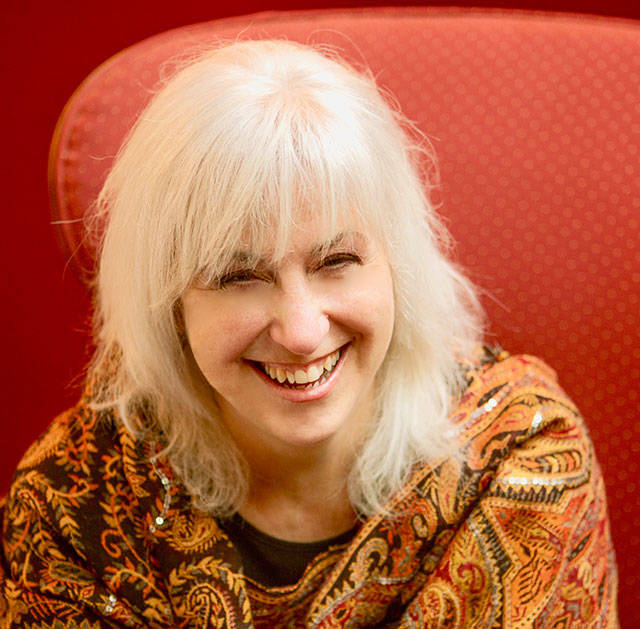Knowing that the Thanksgiving story — pilgrims and friendly Indians feasting together — is one written from the white man’s perspective and not indicative of the Native American experience motivated me to repurposed this November holiday as a “Day of Gratitude.” And that seemed fine.
However, while I tossed out the white man’s myth, I didn’t substitute or replace it with the complete story. This past week it dawned on me that I really didn’t know the historical context of the holiday or its impact on Native Americans in the New England region. To fill that gaping hole in my education, I went online for research, paying particular interest to Native American historians, and discovered some enlightening facts.
It was President Abraham Lincoln who declared by proclamation in 1863 that Thanksgiving would be a national holiday at the urging of Sarah Josepha Hale, a poet and editor of Ladies’ Magazine.
According to Lincoln biographer Ronald White, Jr., the proclamation served a familiar purpose for Lincoln. “He was always looking for ways to unify the nation in a terrible time of war,” White said.
In a 2012 article in Indian Country Today, Mashpee Wampanoag Tribe’s tribal historic preservation officer Ramona Peters said Lincoln, “was trying to calm things down during the Civil War when people were divided. It was like a nice unity story.”
It was a rallying call in the midst of a divided nation. But what is significant to me is the propaganda compromised both the historical truth and experience of the Native Americans. I see this as an example of institutionalizing the politics of the ruling class (white men) without regard to the truth or the experience of the oppressed.
I knew the feast was a celebration of a successful harvest season. But I didn’t know the harvest season was so bountiful because of Tisquantum, a Native American who acted as an interpreter and guide to the Pilgrim settlers at Plymouth during their first winter in the new world. He had taught the settlers how to grow crops in the new land they were unfamiliar with.
It was the Wampanoag Tribe who came to the feast, but historians question whether they were invited to join the settlers at the table, given the writings of Gov. Bradford’s referring to them as “savages.”
As the story goes, after the settlers’ first successful harvest, they were celebrating it with a day of their own Thanksgiving, according to Peters.
“They were shooting guns and canons as a celebration, which alerted us (Wampanoag tribe) because we didn’t know who they were shooting at,” Peters said in the Indian Country Today article. “So Massasoit (Wampanoag’s intertribal chief) gathered up some 90 warriors and showed up at Plymouth prepared to engage, if that was what was happening, if they were taking any of our people. They didn’t know. It was a fact-finding mission.”
She continued, “When they arrived it was explained through a translator that they were celebrating the harvest, so we decided to stay and make sure that was true.” During those few days, the men went out to hunt and gather food – deer, ducks, geese and fish. When asked if the Pilgrims invited the Wampanoags to sit down to drink and eat turkey, Peters laughed and said “No.”
The settlers and Wampanoags may not have had a sit-down Thanksgiving dinner in 1621, but they did have a somewhat peaceful treaty relationship. Massasoit proved to be a crucial ally to the English settlers in the years following the establishment of Plymouth.
However, the alliance became strained over time. New waves of Europeans created tension as the Indians’ native land was steadily taken over by the whites. It all culminated in the devastating King Philip’s War — led by Massasoit’s second son — which took the lives of over 50% of the Native Americans in New England, just one generation later.
After researching all this, I thought, “now what?” — and then it dawned on me: by not acknowledging the Wampanoag’s history during the Thanksgiving holiday, I am in fact ignoring, and thereby contributing to, the invisibility of the Wampanoag people.
“I am tired of being invisible to you all,” said indigenous rights activist Winona LaDuke in explaining the whitewashing of Americans criminal history vis-a-vis the Native Americans. “If you make the victim disappear, there is no crime.”
I believe that my Thanksgiving can be a Day of Gratitude and a day acknowledging the historical tragedies of that time and its impact on Native Americans — and it is not complete without both.
Yatibaey Evans, past president of the National Indian Education Association, said, “stopping to give grace or be thankful is not bad, but maybe by telling a fuller story, we can open opportunities for healing dialogues.”
When asked if she thought Thanksgiving is a positive thing, Peters answered, “as a concept, a heartfelt Thanksgiving is very important to me as a person … You want to live in a state of thanksgiving, meaning that you use the creativity that the creator gave you. You use your talents. You find out what those are and you cultivate them and that gives thanks in action.”
It is with these words and understanding that I am celebrating Thanksgiving this year.
— Lynann Politte is an activist, feminist, mother, grandmother, business coach and art gallery manager who has lived on Vashon-Maury Island since 2000.



